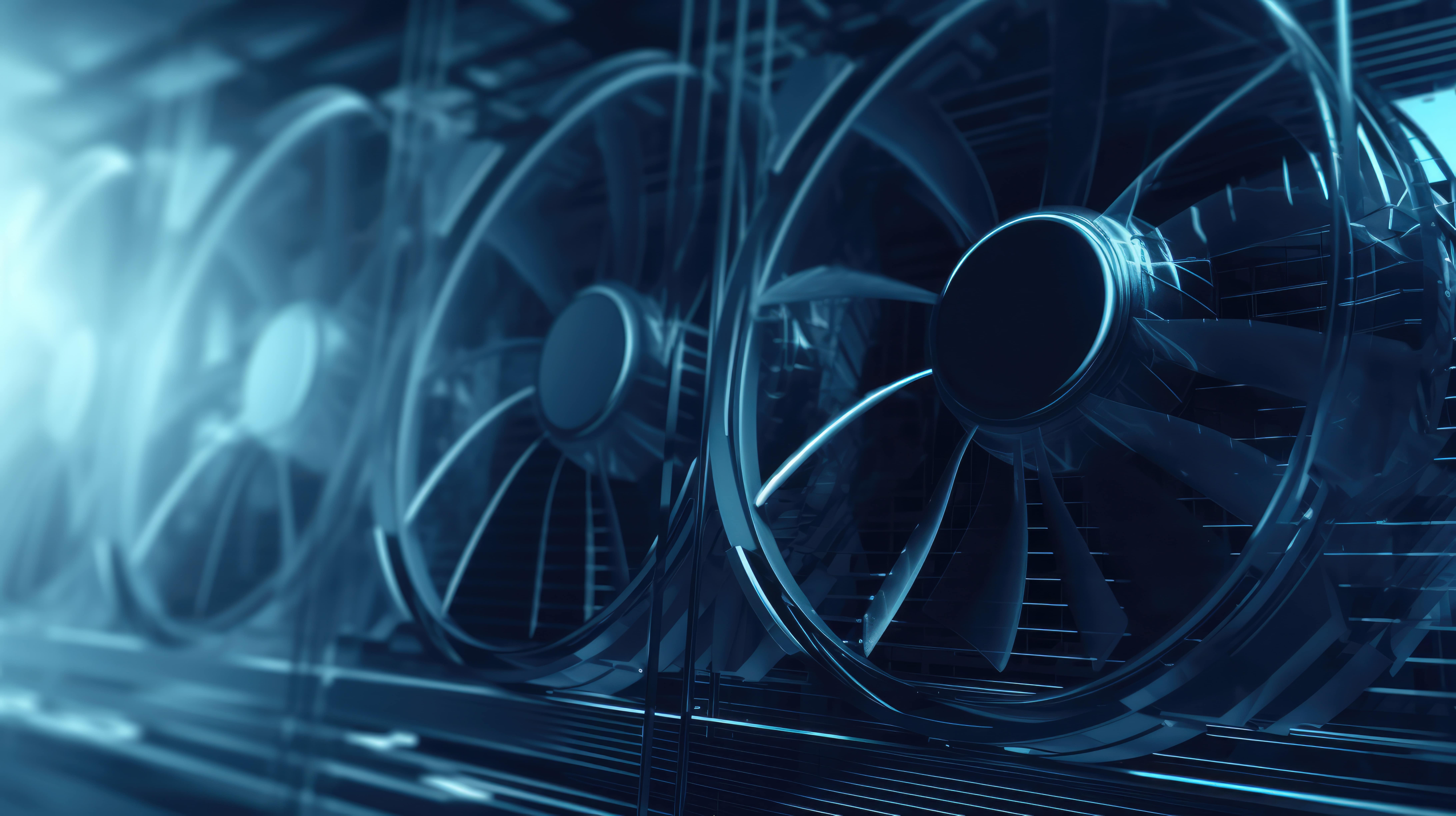
What are the main strategies for data centre cooling?
The rapid growth of the Software as a Service (SaaS) sector has placed a great deal of pressure on data centres to rapidly expand their capacity. With this increased capacity, operators must implement effective cooling systems to avoid the risk of equipment overheating and malfunctioning.
In this article, we’ll look in detail at the most popular methods used for data centre cooling, discussing their advantages and drawbacks.
1. Direct-To-Chip Liquid Cooling
Direct to chip cooling, also known as direct-on-chip or chip-level cooling, is a highly efficient cooling method used in data centres and high-performance computing systems. The main concept behind direct to chip cooling is the use of a non-flammable dielectric liquid coolant in direct contact with the heat-generating components of a computer or server, such as the central processing unit (CPU). The liquid coolant absorbs the heat generated by these components and removes it in vapour form, resulting in effective, and rapid, cooling.
Direct to chip cooling can handle high thermal loads more effectively than air cooled/air-conditioning systems, making it more suitable for high-performance and high-density computing situations. It's also more energy-efficient, as it removes heat more directly and rapidly from the source, reducing the amount of energy expended to cool the system. The method can also reduce noise levels in the server room, as it eliminates the need for loud fans.
2. Air Cooling
Air cooling utilises CRAC (Computer Room Air Conditioning) or CRAH (Computer Room Air Handlers) to create pathways for the hot air to exit the data centre. These units function like traditional air-conditioning systems, drawing in warm air from the data centre, cooling it down, and then circulating the cooled air back into the room. Vents are strategically placed around the data centres to ensure that cool air is distributed evenly throughout the space and that hot air is effectively expelled.
However, air cooling has its limitations for thermal management in data centres. As server density increases and more powerful processors are used, the level of heat produced can exceed what traditional air-cooling strategies can efficiently handle. At Rittal, we recommend alternative or supplementary cooling methods, such as In Row or In Rack liquid cooling for high density applications.
3. Evaporative Cooling
Evaporative cooling, sometimes known as ‘swamp cooling’, is a slightly less expensive and more energy efficient method that involves air being channelled through wet pads and filters, thereby leveraging the natural process of evaporation to reduce the temperature within the data centre environment.
The core of an evaporative cooling system is a unit that contains an evaporative material designed to absorb and hold water. As hot air from the data centre passes over this saturated media, water evaporates from the surface, lowering the ambient air temperature. Cooled air is then recirculated into the space, absorbing heat from the servers and other equipment, and the warm air is vented out of the data centre. To maintain the cooling process, the evaporative media needs a continuous supply of water, which is usually provided by connected waterline.
The cooling effect of evaporative cooling comes at the expense of increased humidity within the data centre (another environmental factor that usually needs to be tightly controlled), which places a limitation on how effective evaporative cooling can be.
4. Aisle Containment
Aisle containment controls the temperature in data centres by encouraging a more efficient flow of cool air into and warm air out of the facility. To implement aisle containment, servers in a data centre are arranged in a hot aisle/cold aisle layout. In this setup, servers are placed back-to-back and front-to-front. The fronts of the servers face each other, forming a 'cold aisle' from which they intake cool air. The backs of the servers (where hot air is expelled) also face each other, creating a 'hot aisle' into which they exhaust hot air.
Physical barriers such as doors, roofs, or partitions are used to separate the hot and cold aisles from each other and avoid the mixing of air. These containment structures ensure that the cold supply air reaches the server intakes without being warmed up by the hot exhaust air, and that the hot air is directed back to the cooling units.
Aisle containment is not a stand-alone strategy but can improve the predictability and efficiency of air-cooling systems by ensuring a more stable and uniform supply temperature to the intake of IT equipment. This can reduce energy consumption, delivering cost savings and creating a more reliable data centre environment.
Next Steps
Rittal is one of the world’s leading manufacturers of environmental management and climate control systems for modern data centres, helping organisations improve energy efficiency, reduce downtime, and boost operational performance.
To find out more, please speak to one of our experienced team at Rittal Ltd UK.



